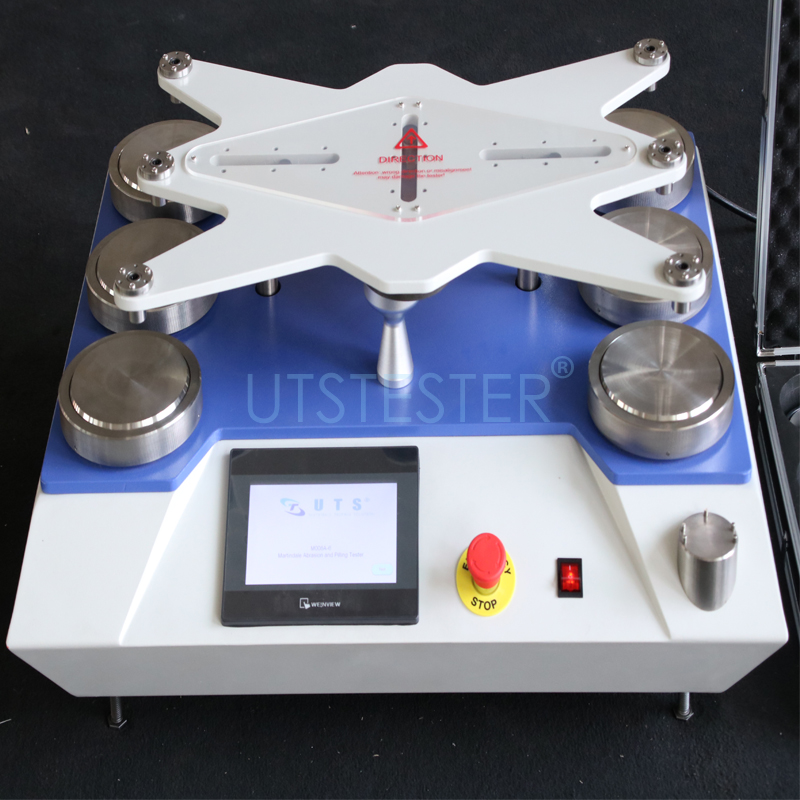 +86 152 6060 5085
+86 152 6060 5085
 +86 152 6060 5085
+86 152 6060 5085
Blog
Catalog
Latest Blog
Wear-resisting performance is an important index of textile product quality, which directly affects the durability and use effect of the product.To be specific, it refers to the characteristics of resistance to wear of fabric or other materials in the process of repeated friction.
1. Wear and tear of textile products:
(1) in the process of friction, the fiber fragments in the yarn break due to fatigue damage, resulting in the breakage of the yarn.
(2) the fiber is pulled out of the fabric, resulting in the looseness of the yarn and fabric structure. Under repeated action, the fiber may be pulled out completely, resulting in the yarn thinning, fabric thinning, or even disintegration.
(3) the fiber is cut and broken, which leads to the breakage of yarn.
(4) fiber surface wear, fiber surface debris loss.
(5) friction produces high temperature, causing the fiber to melt or plastic deformation, affecting the fiber structure and mechanical properties.The main changes of wear in fabric are damage, quality loss, appearance discoloration, pilling and so on.
There are many methods for testing wear resistance of textile products, such as plain grinding, curved grinding, folding grinding and compound grinding.Martindale method is a kind of plain grinding method, which is widely used to test the wear resistance of clothing, household textiles, decorative fabrics and furniture fabrics.
2.Wear resistance evaluation method of fabric
The damage of the sample can be determined as follows: at least two independent yarns in the woven fabric are completely broken;A break in the appearance of a yarn in a knitted fabric;The surface nap of the raised or cut fabric is worn to the bare bottom or is tufted off;The diameter of holes caused by friction in nonwoven fabric is ≥0.5 mm;The coating portion of the coated fabric is damaged to expose the base cloth or the lamellar coating falls off.The wear-resisting property of fabric is generally analyzed and evaluated from three aspects: the determination of sample damage, the measurement of mass loss and the evaluation of appearance change.
1) determination of sample damage: under a certain load, the samples in the fixture were tested with Lissajous curve plane movement and abrasive friction, and the total friction times when the samples were damaged were used to determine the wear resistance of the fabric.
2) determination of mass loss: under a certain load, the samples in the fixture were subjected to friction with Lissajous curve plane motion and abrasives, and the wear-resistant performance was determined by the mass difference before and after friction at a specific friction number.
3) evaluation of appearance change: under a certain load, the samples in the fixture were subjected to friction with Lissajous curve plane movement and abrasive. The wear-resisting performance of the fabric was determined by the appearance change of the samples before and after friction.

Email: hello@utstesters.com
Direct: + 86 152 6060 5085
Tel: +86-596-7686689
Web: www.utstesters.com